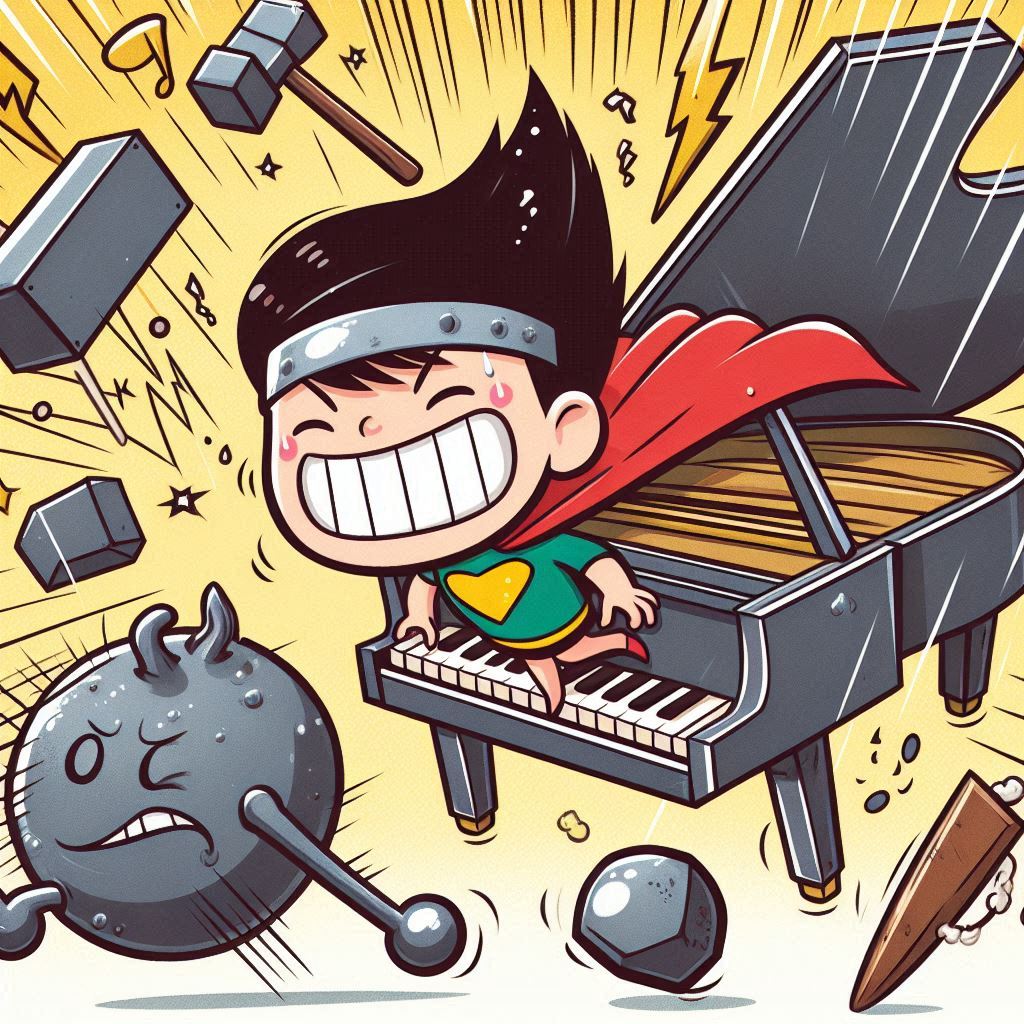有哪些原因會造成猝死和人在猝死前五分鐘可能經歷的症狀或痛苦。
猝死是一種突發且意外的死亡,通常在症狀出現後極短時間內發生,主要原因包括心血管疾病、呼吸系統問題、腦血管事件和其他因素。以下是容易造成猝死的一些常見原因,以及如何避免猝死和人在猝死前五分鐘可能經歷的症狀或痛苦。
容易造成猝死的原因
心血管疾病:這是猝死最常見的原因,包括冠心病、心肌梗塞、心律不整(如心室顫動或心房顫動)、心肌病和高血壓。
呼吸系統問題:包括哮喘發作、急性呼吸衰竭和嚴重的肺部感染(如肺炎)。
腦血管事件:如腦出血、腦梗塞(中風)和蛛網膜下腔出血。
代謝紊亂:如糖尿病引起的酮症酸中毒或高血糖昏迷。
電解質失衡:包括低鉀血症、高鉀血症和低鈣血症。
劇烈運動:在沒有充分熱身或有潛在心臟疾病的人中,劇烈運動可能引發猝死。
藥物濫用或中毒:包括非法藥物、處方藥過量和毒物中毒。
其他原因:如嚴重過敏反應(過敏性休克)和猝死綜合症(如嬰兒猝死綜合症)。
如何避免猝死
定期體檢:特別是有心血管疾病家族史或其他高風險因素的人,應定期進行健康檢查,早期發現和治療潛在的健康問題。
健康生活方式:保持均衡飲食、規律運動、戒煙限酒和控制體重,這些都能有效降低猝死風險。
控制慢性病:積極控制高血壓、糖尿病和高膽固醇等慢性病,遵循醫生的治療計畫。
避免過度勞累和劇烈運動:尤其是對於有潛在心臟疾病的人,在運動前應進行充分熱身,並避免過度勞累。
認識並管理壓力:保持心理健康,學會放鬆和減壓的方法。
急救知識培訓:學習心肺復甦術(CPR)和使用自動體外心臟去顫器(AED),在緊急情況下能提供及時的幫助。
猝死前五分鐘可能經歷的症狀或痛苦
人在猝死前五分鐘可能經歷以下症狀或痛苦,但因人而異,有些人可能在沒有任何預兆的情況下猝死:
胸痛或胸部不適:尤其是心肌梗塞引起的猝死,患者可能感到胸痛、壓迫感或胸悶。
呼吸困難:感到呼吸急促、氣短或喘不過氣來。
心悸:心跳異常快速或不規律,感到心跳劇烈。
暈厥或頭暈:感到頭暈目眩,甚至突然失去意識。
大汗淋漓:突發性的大量出汗,尤其是冷汗。
噁心或嘔吐:可能感到噁心或出現嘔吐。
劇烈焦慮或恐懼:感到無法解釋的焦慮或恐懼感。
總之,猝死是一種突然且嚴重的健康威脅,通過預防措施和健康生活方式,可以有效降低風險。同時,學習急救知識和技能也能在緊急情況下提供重要幫助。
Sudden death is an unexpected and rapid death that usually occurs shortly after the onset of symptoms. The primary causes include cardiovascular diseases, respiratory system issues, cerebrovascular events, and other factors. Below are some common causes of sudden death, how to prevent it, and the symptoms or pain a person might experience in the five minutes before sudden death.
Common Causes of Sudden Death
Cardiovascular diseases: These are the most common causes of sudden death, including coronary artery disease, myocardial infarction, arrhythmias (such as ventricular fibrillation or atrial fibrillation), cardiomyopathy, and hypertension.
Respiratory system issues: These include asthma attacks, acute respiratory failure, and severe lung infections (such as pneumonia).
Cerebrovascular events: These include brain hemorrhage, cerebral infarction (stroke), and subarachnoid hemorrhage.
Metabolic disorders: These include diabetic ketoacidosis or hyperglycemic coma caused by diabetes.
Electrolyte imbalances: These include hypokalemia, hyperkalemia, and hypocalcemia.
Strenuous exercise: For people without adequate warm-up or those with underlying heart conditions, strenuous exercise can trigger sudden death.
Drug abuse or poisoning: These include illegal drugs, prescription drug overdose, and toxic poisoning.
Other causes: These include severe allergic reactions (anaphylactic shock) and sudden death syndromes (such as sudden infant death syndrome).
How to Prevent Sudden Death
Regular check-ups: Especially for those with a family history of cardiovascular diseases or other high-risk factors, regular health check-ups are crucial to early detection and treatment of potential health issues.
Healthy lifestyle: Maintaining a balanced diet, regular exercise, quitting smoking, limiting alcohol intake, and controlling weight can effectively reduce the risk of sudden death.
Control chronic diseases: Actively manage chronic conditions such as hypertension, diabetes, and high cholesterol by following the treatment plans prescribed by doctors.
Avoid overexertion and strenuous exercise: Particularly for individuals with underlying heart conditions, ensure proper warm-up before exercise and avoid excessive exertion.
Recognize and manage stress: Maintain mental health by learning relaxation and stress-reduction techniques.
First aid training: Learn cardiopulmonary resuscitation (CPR) and how to use an automated external defibrillator (AED) to provide timely help in emergency situations.
Symptoms or Pain Experienced in the Five Minutes Before Sudden Death
A person may experience the following symptoms or pain in the five minutes before sudden death, although it varies from person to person and some may die without any warning signs:
Chest pain or discomfort: Particularly with sudden death caused by myocardial infarction, the patient may feel chest pain, pressure, or tightness.
Shortness of breath: Feeling of rapid breathing, shortness of breath, or inability to catch their breath.
Palpitations: Abnormally fast or irregular heartbeat, feeling of intense heartbeats.
Fainting or dizziness: Feeling dizzy or lightheaded, even suddenly losing consciousness.
Profuse sweating: Sudden and excessive sweating, especially cold sweats.
Nausea or vomiting: Possible feeling of nausea or vomiting.
Severe anxiety or fear: Unexplained feelings of anxiety or fear.
In conclusion, sudden death is a sudden and severe health threat, but the risk can be effectively reduced through preventive measures and a healthy lifestyle. Learning first aid knowledge and skills can also provide crucial help in emergency situations.

照片:DALLE3
- 1
- 2
- 3
- 4
